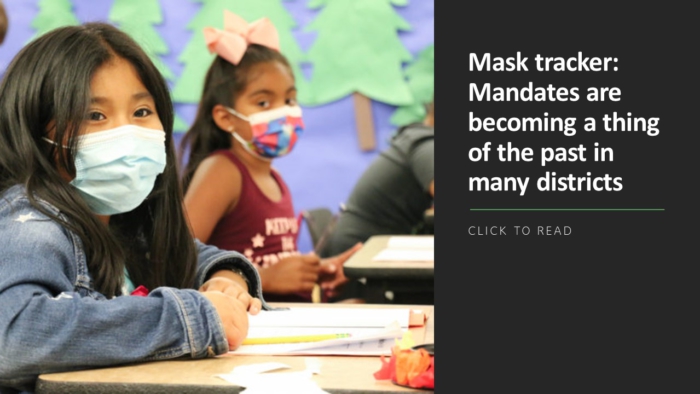
When I was a school teacher, we’d always see the biggest increase in struggling readers in 6th grade, because that’s when we’d get an influx of new students coming in from their elementary schools. As educators, we’re teaching to a certain level. If a 6th-grader has been struggling since 2nd or 3rd grade, the educator will still be teaching at a 6th-grade level. There may be underlying causes such as dyslexia or another learning disability, but students can get through each grade by keeping silent and trying to hide their challenges with reading (and therefore every other school subject). They may even learn that simply completing assignments, not mastering the concept, is often enough to get a passing grade.
In my current school, 15% of our student body requires Tier 2 intervention. That means that, if a general ed teacher has 40 kids in their class, 32 students might understand a given concept and eight students are left in some shade of the dark. Either way, the educator will have to move on. There are ways educators can pause for their students and support them in life-changing ways, but they might be hiding their challenges behind their brick-wall coping mechanisms allowing them to continue on without being discovered or addressed. Here’s a breakdown of why reading challenges might lead students to act out, and how educators can help them escape this pattern.
Why they act out
Embarrassment and fear have a lot to do with why students who struggle with reading act out. They don’t feel like they’re good enough, or they feel that something is wrong with them. They don’t want to be called out as being unintelligent or incapable.
They also know that they can’t read as well as their peers, so school has become less of an interest to them and more of a chore. Whether it’s reading or basketball, if a student isn’t good at it, they are going to stop doing it. At the age of 13, around 65% of students who play competitive sports quit that sport and try a new sport. It’s because they stop winning or adopt some notion that they aren’t good enough. The same goes for reading.
Another reason that kills me is that at a certain point in middle school, hopelessness sets in for those who struggle with reading. When I was a reading teacher for ELL students, a huge part of my job was to help kids fend off that feeling of hopelessness and stay motivated. If an educator commits to that cause, they can turn around struggling readers and turn around their lives.
What educators can do
Gather and act on data: There are a few categories of data that educators can track to identify and help struggling readers come out of their spiral. One is simply keeping a bathroom log. Which of your students always needs to use the bathroom when it’s their turn to read aloud?
The second category of data you can track is behavioral data such as what time and what specific classes students get “kicked out” from. The third is English Language Arts data. How well is this student doing with assignments or group projects?
For our reading assessment, we use Lexplore, which has an AI eye-tracking feature that helps educators identify students’ reading patterns to see if they might have dyslexia or another learning disability. It’s not a diagnosis, but positive data from Lexplore is a good enough reason to recommend further academic testing to a parent. If an educator notices the red flags and has reason to believe their student is struggling alone, they know they can help their student in a couple of different ways such as using devices that measure phonemic awareness or comprehension.
Incorporate interactive reading: Educators can find out a lot by simply listening to a student read and then talking with them about what they’ve read after a page or two. When I was a teacher, I would sit with a student, ask them to close the book, then say, “You’ve made great progress. Can you help me recall three facts from that paragraph we just read?” That will tell you if a kid knows only how to make “reading noises” or if they also know how to recall, retain, and process the information they’ve read.
Our school starts each morning with 20 minutes of interactive reading. Educators need to find time to listen to how their students read, and then ask them to share what they’ve read afterward. A student might be able to make the noises necessary to read, but are they also able to comprehend what the text is telling them?
Build a Relationship: This sort of interactive reading is like forming an academic club. Educators get to build relationships with students by listening to them read for three minutes, three times a week. If you have a relationship with a student, you also build a level of trust, and that student will be less reluctant to read in front of you. Trust is huge.
We forget that reading isn’t only a set of skills; it’s a relationship between the person and their book. The most important factor in helping students overcome both literacy and behavioral issues is creating strong relationships with students and families. As an administrator, I’m always using assistive technology to help guide curricular decisions and working to build structure so that students can access their education, but educators should stay laser-focused on developing meaningful relationships.
Seth Feldman, EDD, JD, is the superintendent of the Bay Area Technology School in Oakland, California. He can be reached at [email protected].
More from DA



